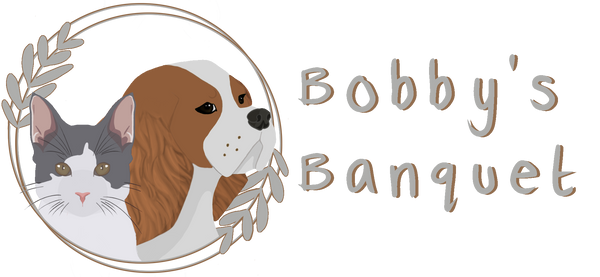What exactly is Rawhide?
Share
Rawhide is commonly called a natural dog chew, but what exactly is it?
This 'Dog Chew' is manufactured using by-products or remnants from the leather industry. It consists of the inner layer of beef, pork, or horse hide.
The outer layer of the hides is the leather part that’s used for shoes, garments, upholstery, etc. The inner rawhide is treated, dehydrated and then formed into various shapes as a dog chew.
How it is made?
Upon removal of the hide from the animal, it is transferred from slaughterhouses to a brine solution to delay decay (though not prevent it). The process can last from a few weeks to a few months as it heads to a tannery.
When arriving at the tannery, the hide undergoes cleaning with detergents & degreasers.
The next procedure involves eliminating any fat or hair remaining on the hide by utilising a combination of potent chemicals and lime to aid in skin layer separation.
It is then sanitised & bleached with hydrogen peroxide (Yes, the same hydrogen peroxide). This will also help eliminate any odours...
Once these steps are complete, the hides are now prepared to become rawhide for dogs. Colours and flavourings are incorporated to enhance their scent and appearance.
“Basted smoked, and decoratively tinted products might be any colour (or odour) underneath the coating of (often artificial) dyes and flavours. They can even be painted with a coating of titanium oxide to make them appear white and pretty on the pet store shelves.” – whole-dog-journal.com
Rawhide is then transformed into various shapes through a process that involves gluing, ensuring long-lasting durability.
Risks
- Choking hazards
Rawhide begins firm, transforming into a soft and viscous texture. At this stage, chewing may become habit-forming. If ingested, rawhide may lead to blockages in the digestive tract. Monitor for signs of increased water consumption, retching, vomiting & diarrhoea, as food will no longer be moving through the system. Swallowing large pieces can lead to serious repercussions and may require surgical intervention.
- Contamination
Like all meat products, salmonella or E.coli risks apply to the household as well as the pet when handling treats.
- Dental issues
Contrary to its branding, rawhide can lead to teeth breakage. The fused and compressed hide can be solid and firm, potentially causing teeth to chip or break.
